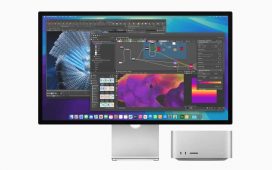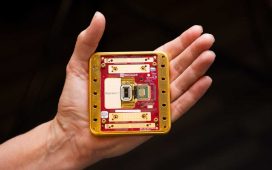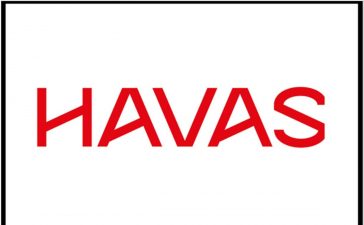Federated learning marks a milestone in enhancing collaborative model AI training. It is shifting the main approach to machine learning, moving away from the traditional centralized training methods towards more decentralized ones. Data is scattered, and we need to leverage it as training data where it exists.
This paradigm is nothing new. I was playing around with it in the 1990s. What’s old is new again… again. Federated learning allows for the collaborative training of machine learning models across multiple devices or servers, harnessing their collective data without needing to exchange or centralize it. Why should you care? Security and privacy, that’s why.
Here are the core principles of federated learning:
- Decentralization of data: Unlike conventional methods that require data to be centralized, federated learning distributes the model to the data source, thus using data where it exists. For instance, if we’re keeping data on a fracturing robot to monitor operations, there is no need to migrate that data to some centralized data repository. We leverage it directly from the robot. (This is an actual use case for me.)
- Privacy preservation: Federated learning enhances user privacy by design because the data remains on users’ devices, such as phones, tablets, computers, cars, or smartwatches. This minimizes the exposure of sensitive information since we’re going directly from the device to the AI model.
- Collaborative learning: A model is able to learn from diverse data sets across different devices or servers, naturally.
- Efficient data utilization: Federated learning is particularly useful for problem domains with massive, distributed, or sensitive data. It optimizes the use of available data while respecting privacy policies that are native to the specific distributed data set.
These factors are useful for AI, offering better security and privacy. Also, we’re not storing the same data in two different places, which is the common practice today in building new AI systems, such as generative AI.
The RoPPFL framework
Federated learning offers the promising prospect of collaborative model training across multiple devices or servers without needing to centralize the data. However, there are still security and privacy concerns, primarily the risk of local data set privacy leakage and the threat of AI model poisoning attacks by malicious clients.
What will save us? Naturally, when a new problem comes along, we must create unique solutions with cool names and acronyms. Let me introduce you to the Robust and Privacy-Preserving Federated Learning (RoPPFL) framework, a solution to address the inherent challenges associated with federated learning in edge computing environments.
The RoPPFL framework introduces a blend of local differential privacy (LDP) and similarity-based Robust Weighted Aggregation (RoWA) techniques. LDP protects data privacy by adding calibrated noise to the model updates. This makes it exceedingly difficult for attackers to infer individual data points, which is a common security attack against AI systems.
RoWA enhances the system’s resilience against poisoning attacks by aggregating model updates based on their similarity, mitigating the impact of any malicious interventions. RoPPFL uses a hierarchical federated learning structure. This structure organizes the model training process across different layers, including a cloud server, edge nodes, and client devices (e.g., smartphones).
Improved privacy and security
RoPPFL represents a step in the right direction for a cloud architect who needs to deal with this stuff all the time. Also, 80% of my work is generative AI these days, which is why I’m bringing it up, even though it’s borderline academic jargon.
This model addresses the simultaneous challenges of security and privacy, including the use of edge devices, such as smartphones and other personal devices, as sources of training data for data-hungry AI systems. The model can combine local differential privacy with a unique aggregation mechanism. The RoPPFL framework paves the way for the collaborative model training paradigm to exist and thrive without compromising on data protection and privacy, which is very much at risk with the use of AI.
The authors of the article that I referenced above are also the creators of the framework. So, make sure to read it if you’re interested in learning more about this topic.
I bring this up because we need to think about smarter ways of doing things if we’re going to design, build, and operate AI systems that eat our data for breakfast. We need to figure out how to build these AI systems (whether in the cloud or not) in ways that don’t do harm.
Given the current situation where enterprises are standing up generative AI systems first and asking the important questions later, we need more sound thinking around how we build, deploy, and secure these solutions so they become common practices. Right now, I bet many of you who are building AI systems that use distributed data have never heard of this framework. This is one of many current and future ideas that you need to understand.
Copyright © 2024 IDG Communications, Inc.











